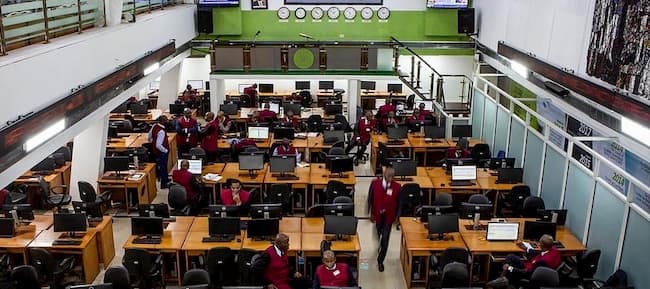Chams Plc recorded significant growths in the top-line and the bottom-line in the first quarter as the identity management and electronic payment company continued its recent rebound.
Key extracts of the interim report and accounts for the three-month period ended March 31, 2019 showed that turnover rose to N1.26 billion in 2019, as against N739 million recorded in comparable period of 2018. Compared with loss before tax of N129.52 million in first quarter 2018, the company recovered with a pre-tax profit of N182.85 million in first quarter 2019. After taxes, net profit stood at N182.84 million in 2019, as against net loss after tax of N119.16 million recorded in comparable period of 2018.
The first quarter performance sustained Chams’ growth trajectory after the company recovered from a loss of N1.27 billion in 2017 to a profit of N380 million in 2018.
Audited report and accounts of Chams for the year ended December 31, 2018 showed that the company’s total assets rose by 10 per cent to N5.25 billion in 2018 as against N4.77 billion in 2017. Total liabilities also reduced by 14 percent to N3.60 billion in 2018 compared with N4.20 billion in 2017. For the first time in several years, earnings per share turned positive at a modest 7.0 kobo.
The company’s profit net profit margin increased on the back of 54 per cent growth in revenue while finance expenses declined by 34 per cent. Turnover grew by 54 per cent due to increased income from Identity management services, sales, maintenance of Bank Verification Number (BVN) services, supply of cards, sales of the Access control as well as income from switching service. The report also showed significant increase in other operating income due to amount recovered from impaired receivables and rental income.
Chams had in 2018 restructured its operations for global competitiveness, including a change in business model, placing premium on identity management and introduction of innovative products and services.
Group Managing Director, Chams Plc, Mr. Femi Williams said the results showed improvement in internal efficiency and the positive effects of the management’s determination to revamp the company’s operations for enhanced profitability in other performance indicators














